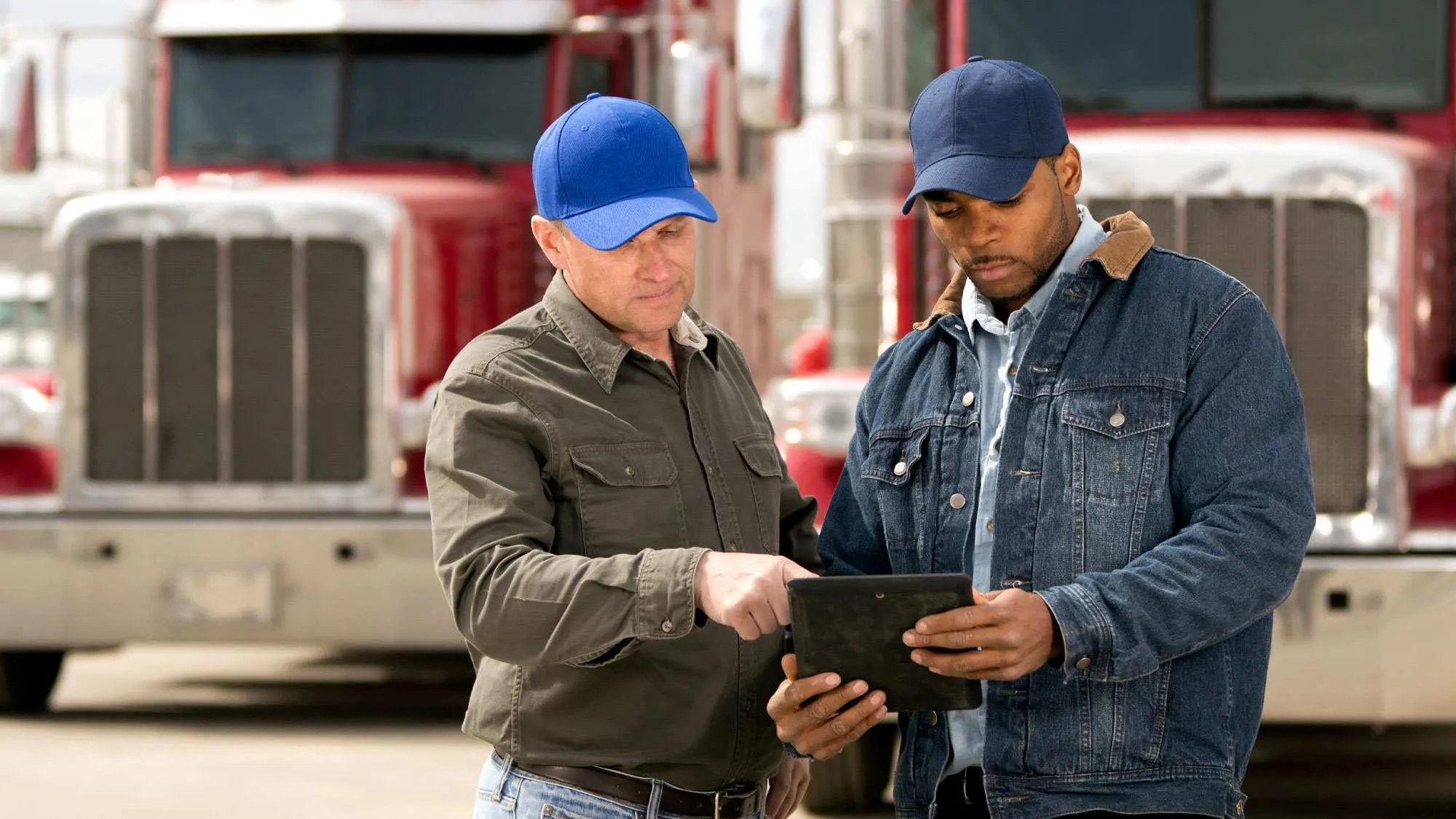

while communicating for brief periods of time with a person who is hearing impaired when the ability to see the mouth is essential for communication.while eating, drinking, or taking medication for brief periods of time.While in indoor areas of conveyances or while indoors at transportation hubs, people are not required to wear a mask under the following circumstances: CDC will continue to evaluate the requirements of its Order and determine whether additional changes may be warranted. School systems at their discretion may choose to require that people wear masks on buses or vans.ĬDC previously announced that it would use enforcement discretion to not require people to wear a mask in outdoor areas of conveyances (if such outdoor areas exist on the conveyance) or while outdoors at transportation hubs. CDC is making this change to align with updated guidance that no longer recommends universal indoor mask wearing in K-12 schools and early education settings in areas with a low or medium COVID-19 Community Level. territories), including both indoor and outdoor areas.Įffective February 25, 2022, CDC is exercising its enforcement discretion to not require that people wear masks on buses or vans operated by public or private school systems, including early care and education/child care programs. ports of entry, and other locations where people board public transportation in the United States and U.S. The Order also required all people to wear masks while at transportation hubs (e.g., airports, bus or ferry terminals, train and subway stations, seaports, U.S. On January 29, 2021, CDC issued an Order that required face masks to be worn by all people while on public transportation (which included all passengers and all personnel operating conveyances) traveling into, within, or out of the United States and U.S. Masks also offer protection to the wearer. People who never develop symptoms (asymptomatic) or are not yet showing symptoms (pre-symptomatic) might not know that they are infected but can still spread COVID-19 to others. Wearing masks that completely cover the mouth and nose reduces the spread of COVID-19. Travel contributes to interstate and international spread of COVID-19. Staying 6 feet away from others is often difficult on public transportation conveyances. People may not be able to distance themselves by the recommended minimum of 6 feet from other people seated nearby or from those standing in or passing through the aisles on airplanes, trains, or buses. Travel by bus, train, and other conveyances used for international, interstate, or intrastate transportation poses similar challenges.

Air travel often requires spending time in security lines and busy airport terminals. Traveling on public transportation increases a person’s risk of getting and spreading COVID-19 by bringing people in close contact with others, often for prolonged periods, and exposing them to frequently touched surfaces.


 0 kommentar(er)
0 kommentar(er)
